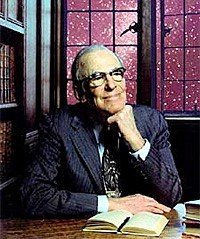- The Idea for a Space Telescope is much older than you wold think. Dating all the way back to just after World War Two in fact, when astronomer Lyman Spitzer (1914-97) suggested the advantages that would be had from having a space-based observatory, rather than exclusively terrestrial ones.

- The Hubble Space Telescope was originally designed to be 0.6 m narrower in diameter. The size change was made in order to reduce costs.

- Hubble weighs 11 tonnes and is 15.9 m long! That is almost as long as two double-decker buses.

- The HST only uses about as much energy as a standard kitchen kettle. It gets its energy from its solar panels.

- It is pretty speedy from a telescope. It orbits the Earth at 28 000 km/h. That is 12 times faster than the cruise speed of the Concorde Supersonic Airliner.

- Although Hubble can see the farthest away objects in space, there are several ones that are very close that it simply can’t look at: The Sun, because it would damage the telescopes sensors, and Mercury which is just too close to The Sun to be photographed.

- The telescope is essentially a huge digital camera as it does not use film but rather captures the image using its sensors.

- Hubble does not actually take pictures in colour. What we see are several black and white images combined and then passed through coloured filters.

- It has achieved everything that has been asked of it. Its best achievement yet is measuring the age of the universe more accurately than ever before. It worked it out as 13.8 Billion Years.

- The Hubble Space Telescope is on its last legs. Soon the internal vital instruments will fail and it will burn up in the Earth’s atmosphere. It will soon be replaced by the even larger James Webb Space Telescope.

